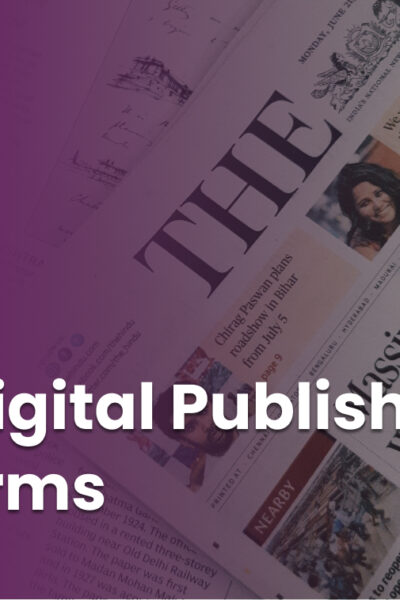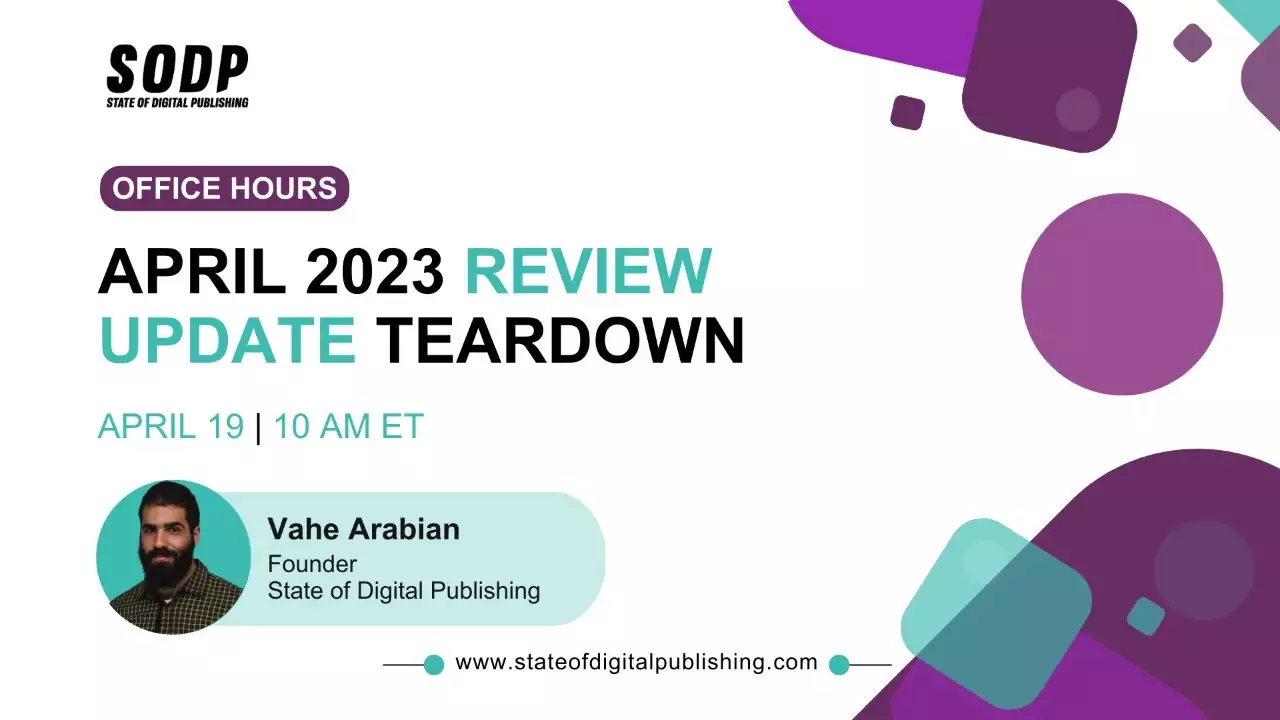What’s happening?
In collaboration with Google News Initiative and Georgetown University, the international center for Journalists conducted research on the adoption of digital means by Journalists to counter misinformation. The research was conducted in 149 countries; the researchers received over 4100 responses from journalists and news managers.
Content from our partners
Why it matters
In an earlier report, SODP pinpointed misinformation, as one of the effects of populism on Journalism. Also, a 2017 ICFJ report unveiled that Newsrooms are not keeping up with the pace of the digital revolution.
These two reports boil down to one common point — the rapid spread of fake news. To counter fake news online, journalists ought to adopt digital means, most especially social media verification tools.
Countering misinformation is not the only difficulty faced by journalists and news managers; they are also saddled with the responsibility of protecting themselves from online attacks. As you proceed, you’d discover the tools used by newsrooms; the training required; and how it (digital revolution) affects the business and future of journalism.
To secure high profile conversations between journalists, newsrooms adopt encrypted messaging apps such as; Whatsapp, Telegram, and Signal. According to Oren Levin, ‘More than two-thirds of journalists and newsrooms use cybersecurity today — nearly a 50% increase since 2017.’
European newsrooms top the list of newsrooms adopting cybersecurity while North America is the second on the list. Two years ago, North America ranked lower. Despite doubling their cybersecurity, North America remains one of the least concerned with regard to building online trust.
Hybrid newsrooms – newsrooms that adopt various tools, value systems and action tactics – are on the increase while conventional newsrooms are declining in influence and staff volume. Regions like East/Southeast Asia have fewer digital-only newsrooms compared to traditional newsrooms.
Digital formats such as newsletters, social media, video, messaging apps and websites, are some of the digital tools used by hybrid newsrooms and digital-only startups. To counter misinformation, newsrooms use social media verification tools and platforms, such as first draft news, storyful, Bellingcat’s digital forensics tool, and verification handbook and journalist verification map. These tools help them fact check information and approve user-generated content.
As more news managers use digital revenue streams to get funds, ‘online subscriptions/memberships are expected to be extremely promising — even though only 4% of news organizations say it is currently their most important funding source’ (ICJF 2019)
Bottom line
In the fight against digital misinformation, newsrooms ought to be proactive. Journalists should have access to social media verification tools and most importantly; high profile communications between correspondents, whistleblowers and news managers must be ‘heavenly guarded’.












